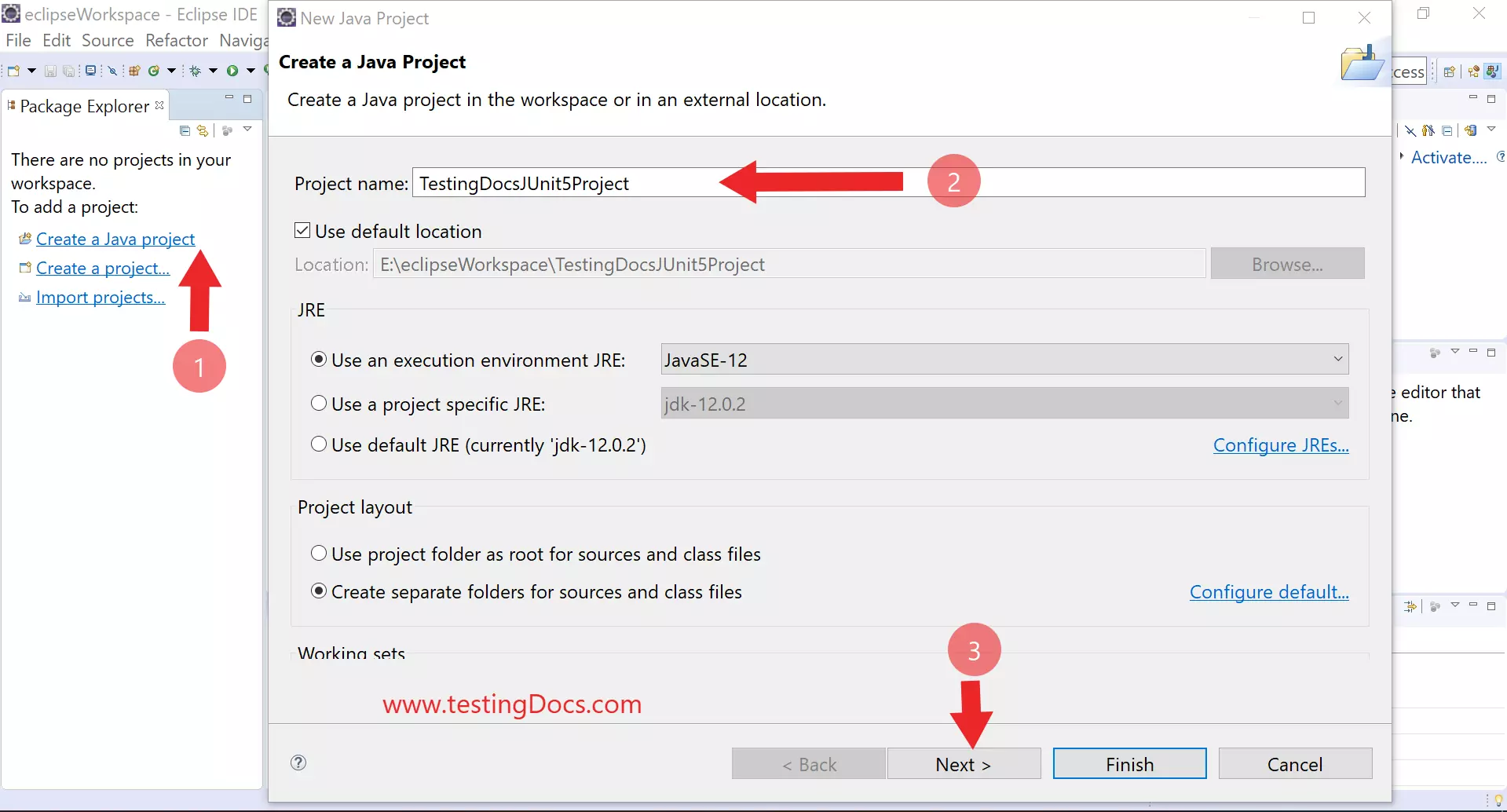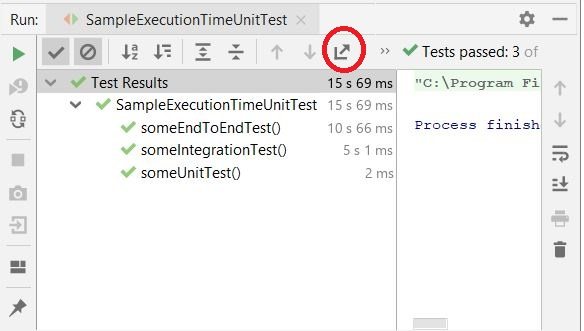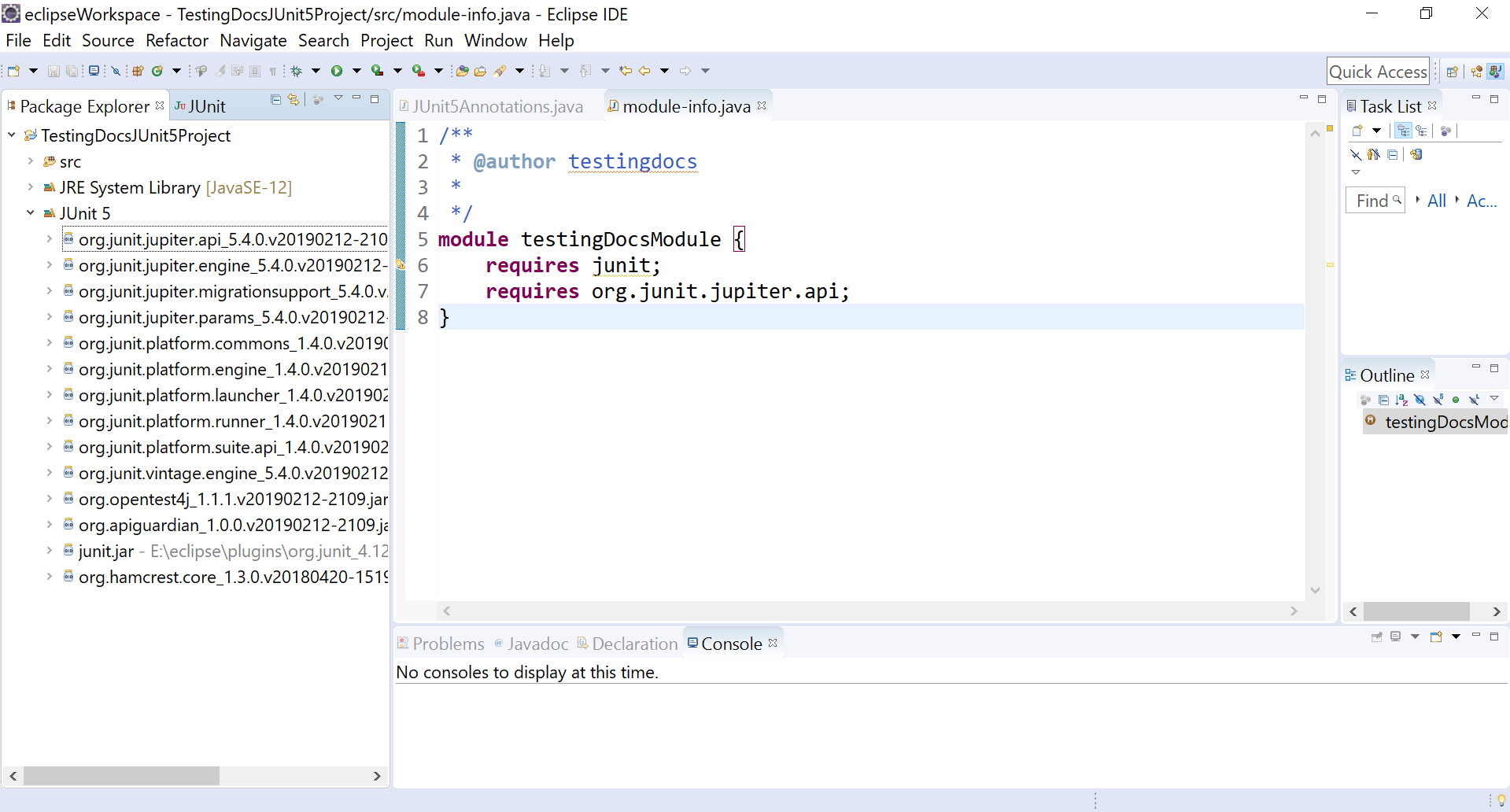
The breakpoint is disabled until either it is re-enabled or its hit count is changed or the program ends.

Hit count can be provided to halt the execution at nth hit of the breakpoint. Condition Breakpoints – Eclipse users can create conditions to restrict the activation of breakpoints.īreakpoint will be activated only if value of Boolean b is true.

Exception Breakpoints – An exception breakpoint is specified for thrown exception using Add Java Exception Breakpoint.īreakpoint for NullPointerException will halt whenever/wherever this exception is thrown.Ĭ. User can specify by Breakpoint Properties… if they want the execution to stop when the watch expression is Accessed, Modified or both.ī. Watchpoints - A watchpoint is a special breakpoint that stops the execution of an application whenever the value of a given expression/field changes, without specifying where it might occur. Watchpoints, Exception Breakpoints, Conditional BreakpointsĪ. The Eclipse Oxygen release includes many great improvements for Java debugging. This section will give you more advanced tips and tricks to help you debug your Java project. The Eclipse Platform helps developers debug by providing buttons in the toolbar and key binding shortcuts to control program execution.įor more information about debugging visit: Eclipse Stepping Commands Help Advanced Tools to Debug Complex Scenarios
#HOW TO USE ECLIPSE DEBUGGER FOR JUNIT CODE#
In most cases, users can edit and save the code while debugging without restarting the program.This works with the support of HCR (Hot Code Replacement), which has been specifically added as a standard Java technique to facilitate experimental development and to foster iterative trial-and-error coding. Select Debug As → Java Application or use the shortcut Alt + Shift + D, J instead.Įither actions mentioned above creates a new Debug Launch Configuration and uses it to start the Java application. Launching and Debugging a Java programĪ Java program can be debugged simply by right clicking on the Java editor class file from Package explorer.

Here are some quick tips and tools that will help you get started quickly with debugging your Java project. Beginner’s Guide to Quick Start Debugging

In the second part of the article, you will find a more advanced guide to debugging and you’ll discover what’s new for debugging in Eclipse Oxygen. This article will start with a beginner’s guide to start you with debugging. There are many improvements included in the latest Eclipse Java Development Tools (JDT) release included in the Eclipse Oxygen Simultaneous Release. The Eclipse Java IDE provides many debugging tools and views grouped in the Debug Perspective to help the you as a developer debug effectively and efficiently. It’s a must have skill for any Java developer because it helps to find subtle bug that are not visible during code reviews or that only happens when a specific condition occurs. Debugging the Eclipse IDE for Java Developersĭebugging is the routine process of locating and removing bugs, errors or abnormalities from programs.


 0 kommentar(er)
0 kommentar(er)
